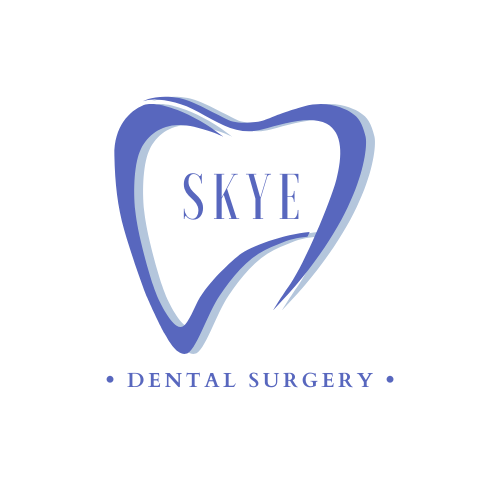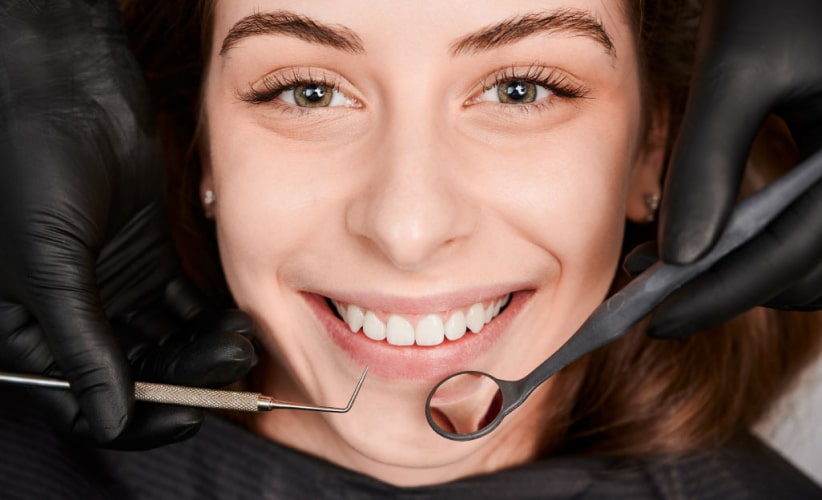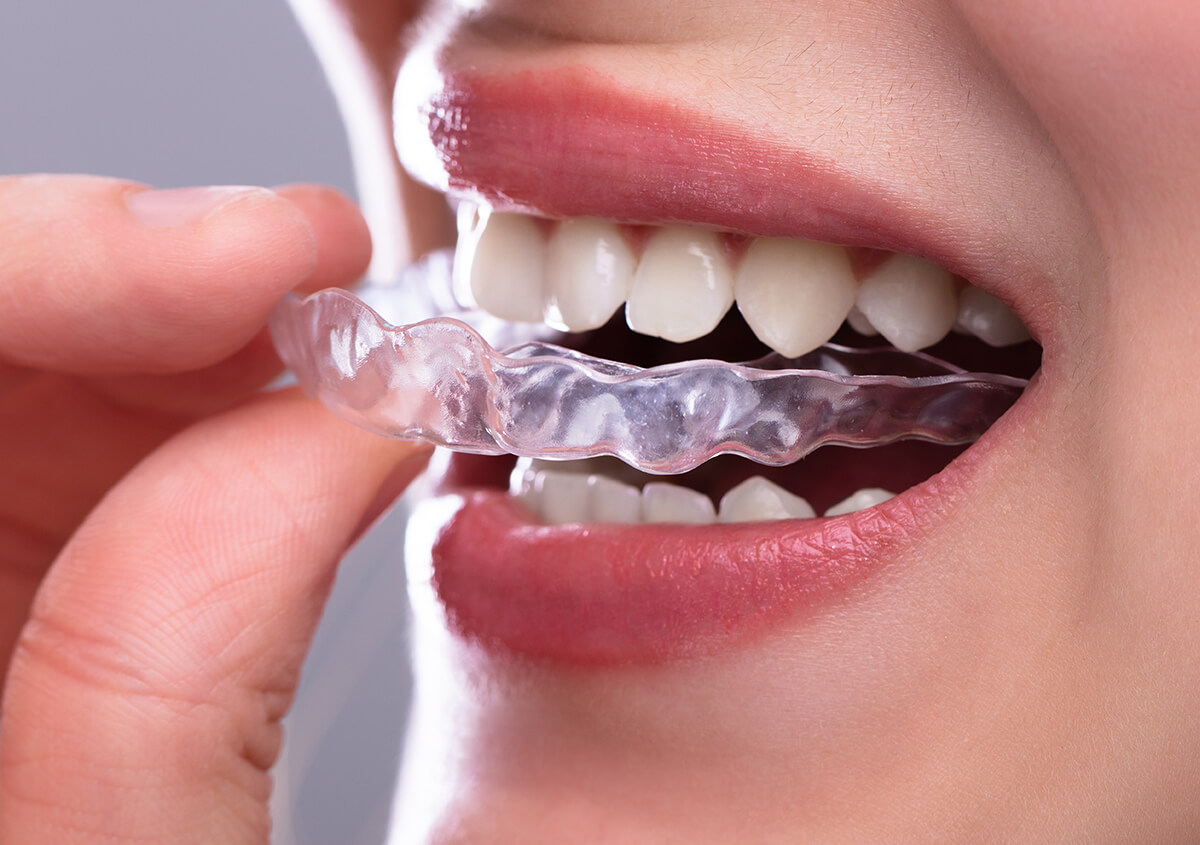
Looking to straighten your teeth without the hassle of traditional braces?
Look no further than Invisalign. With its clear aligners, Invisalign offers a discreet and comfortable solution for achieving that confident smile you've always wanted.
In this article, we will discover the convenience and effectiveness of clear aligners, a modern orthodontic treatment product.
What is Invisalign?
Invisalign is an orthodontic treatment that uses clear aligners to straighten teeth and improve smiles.
Unlike traditional braces, which use metal brackets and wires, Invisalign aligners are made of a clear, plastic material that is virtually invisible when worn.
These custom-made aligners are designed to gradually shift the teeth into their desired positions, giving you the beautiful smile you need. With the use of Invisalign, you can achieve a stunning and confident smile. Invisalign aligners are removable, allowing easy eating, brushing, and flossing.
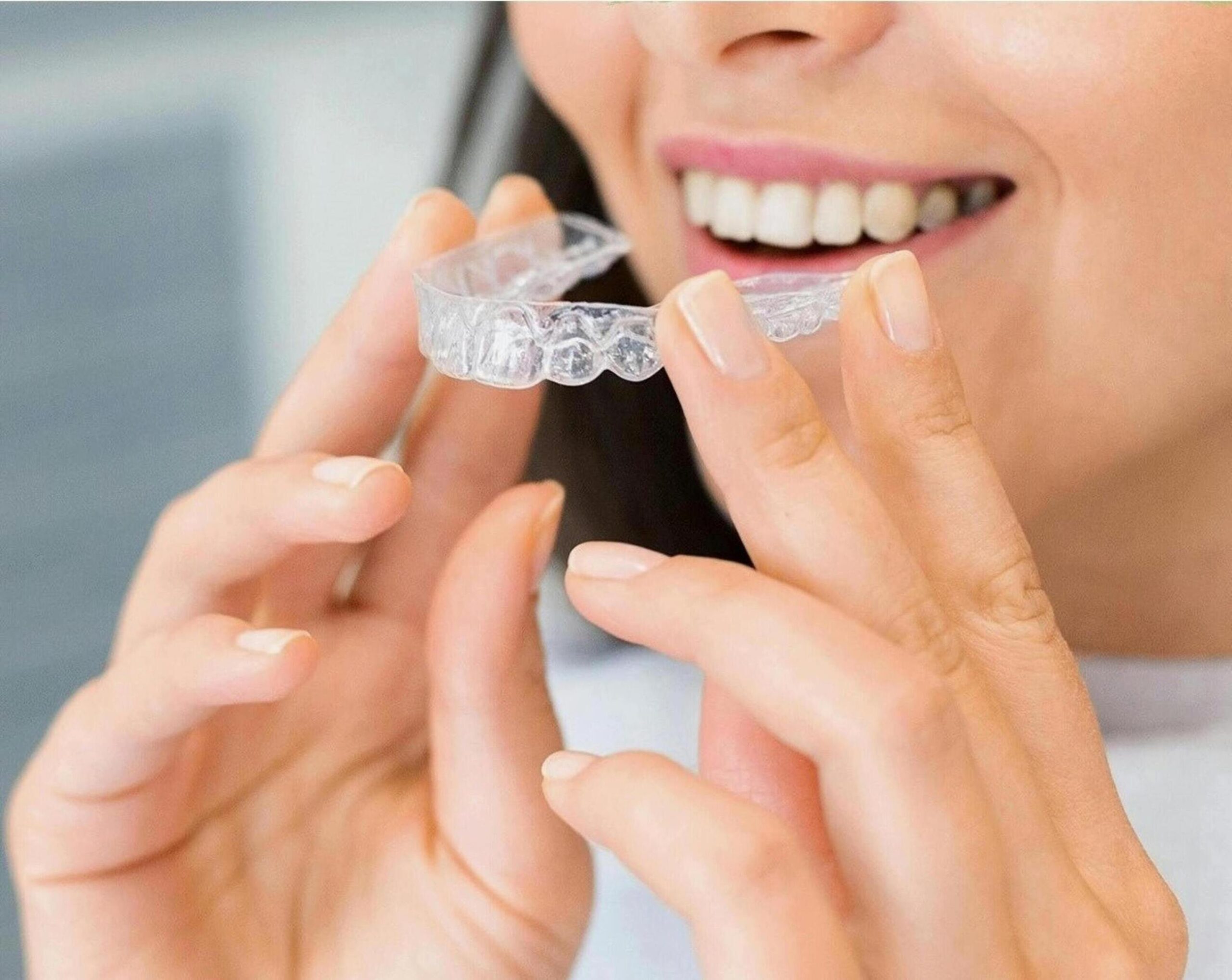
These custom-made aligners are designed to gradually shift the teeth into their desired positions, giving you the beautiful smile you need. With the use of Invisalign, you can achieve a stunning and confident smile. Invisalign aligners are removable, allowing easy eating, brushing, and flossing.
Clear aligners are also comfortable to wear, as they do not have any sharp edges or protruding wires. They provide the clear aligners you need. Invisalign treatment typically involves wearing a series of aligners, with each set being worn for about two weeks before moving on to the next set.
This gradual adjustment allows for a more comfortable and less noticeable teeth-straightening process with clear aligners. Overall, Invisalign clear aligners are a popular choice for individuals who want to improve their smiles without the hassle and appearance of traditional braces.
Pros of Invisalign
One of the major advantages of Invisalign clear aligners over traditional braces is the freedom it offers.
With Invisalign, you don't have to worry about food restrictions or avoiding certain types of food that can get stuck in your braces.
You can simply remove the aligners before meals and enjoy all your favorite foods without hassle.
In addition to this, wearing Invisalign aligners tends to be less uncomfortable compared to traditional braces.
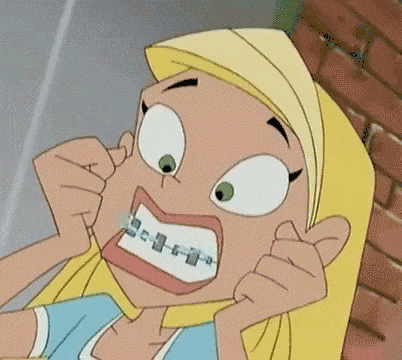
The aligners are made from smooth plastic material, which means they won't irritate or scrape against the inside of your mouth like metal wires and brackets often do with braces. This makes for a more comfortable orthodontic experience overall.
Easier Oral Hygiene Maintenance with Invisalign Compared to Braces
Maintaining good oral hygiene is crucial during orthodontic treatment. One advantage of using Invisalign is that it allows for easier oral hygiene maintenance compared to traditional braces.
With braces, food particles can easily get trapped in the wires and brackets, making it more challenging to keep your teeth clean.
In contrast, Invisalign aligners are removable, so you can take them out when brushing and flossing your teeth. This makes it easier to maintain proper oral hygiene habits and ensures that you can effectively clean all surfaces of your teeth without any obstructions.
Saves time and reduces inconvenience
One of the significant benefits of Invisalign is that it typically requires fewer visits to the orthodontist than traditional braces.
While patients with braces often need adjustments every 4-6 weeks, those using Invisalign may only require appointments every 6-8 weeks. This reduced frequency means less time spent in the dental chair and more flexibility in your schedule.
Fewer visits mean less inconvenience for patients far from their dental clinic. Traveling long distances regularly for brace adjustments can be tiresome and costly.
With Invisalign's fewer appointments, patients can save time and money on transportation, making it a more convenient choice for those with busy lifestyles or limited access to orthodontic specialists.
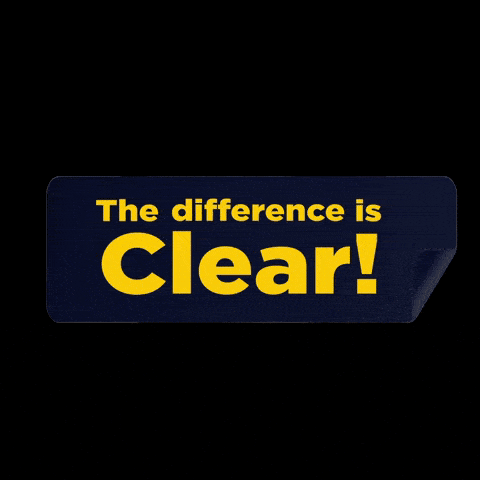
Aligner changes can often be done remotely through virtual consultations
Another way Invisalign saves you time and hassle is through remote aligner changes.
With traditional braces, patients must visit their dentist for adjustments or repairs. However, with Invisalign, many aligner changes can be done remotely through virtual consultations.
By simply sending photos or videos of your teeth to your orthodontist, they can assess your progress and provide instructions on when to switch to the next set of aligners.
Cons of Invisalign
While there are several benefits to choosing Invisalign, it's important to note that it requires discipline and commitment.
For optimal results, you must wear the aligners consistently for at least 22 hours a day. You'll have to remember to put them back in after meals or whenever you remove them for any reason.
Furthermore, although Invisalign can effectively treat a wide range of dental issues, including crowded teeth, gaps between teeth, and mild bite problems, it may not be suitable for complex cases that require more extensive orthodontic treatment.
Your dentist will assess your dental needs and determine whether Invisalign is the right choice.
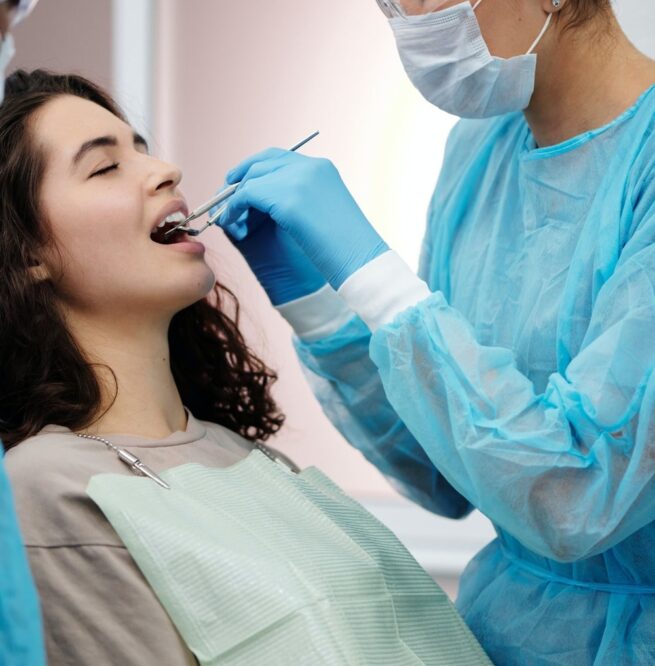
Comparison Chart for Braces and Invisalign Aligners
Pros and Cons of Traditional Braces
Pros and Cons of Invisalign Aligners
What types of dental issues can Invisalign correct?
Invisalign is most commonly used to straighten misaligned or crooked teeth.
Invisalign can also correct overcrowding, where the mouth has insufficient space for all the teeth to fit properly.
Additionally, it can address gaps between teeth and overbites and underbites. Invisalign uses a series of clear aligner trays that gradually shift the teeth into their desired position.
It is a popular alternative to traditional metal braces because the aligners are virtually invisible and can be removed for eating and oral hygiene.
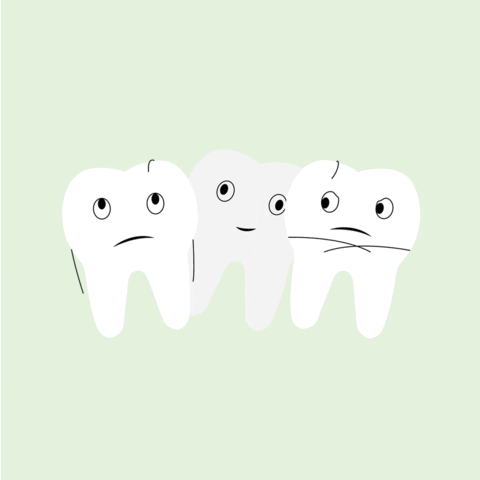
How does Invisalign work?
Invisalign is a popular orthodontic treatment that offers a discreet and convenient alternative to traditional braces.
Getting Invisalign involves several steps, each designed to ensure the best possible outcome for your smile.
Initial consultation with a dentist
The first step in the Invisalign process is scheduling an initial consultation with an experienced orthodontist or dentist specializing in this treatment.
During this consultation, your dental professional will assess your teeth and determine if you are a suitable candidate for Invisalign. They will also discuss your goals and expectations and answer any questions or concerns you may have.
Digital impressions or physical molds taken of the teeth
Once you have decided to proceed with Invisalign, the next step is to take impressions of your teeth. This can be done using either digital technology or physical molds.
Digital impressions involve using a handheld scanner to capture detailed images of your teeth, while physical molds require biting into a putty-like material to create an impression.
These impressions are the foundation for creating custom aligners that fit snugly over your teeth.
Customized treatment plan created using 3D imaging technology
After taking the impressions, your orthodontist or dentist will use advanced 3D imaging technology to create a customized treatment plan tailored to your unique dental needs.
This involves mapping out the exact movements and adjustments required to achieve your desired results.
You will even get a sneak peek at how your smile will transform throughout each stage of the treatment.
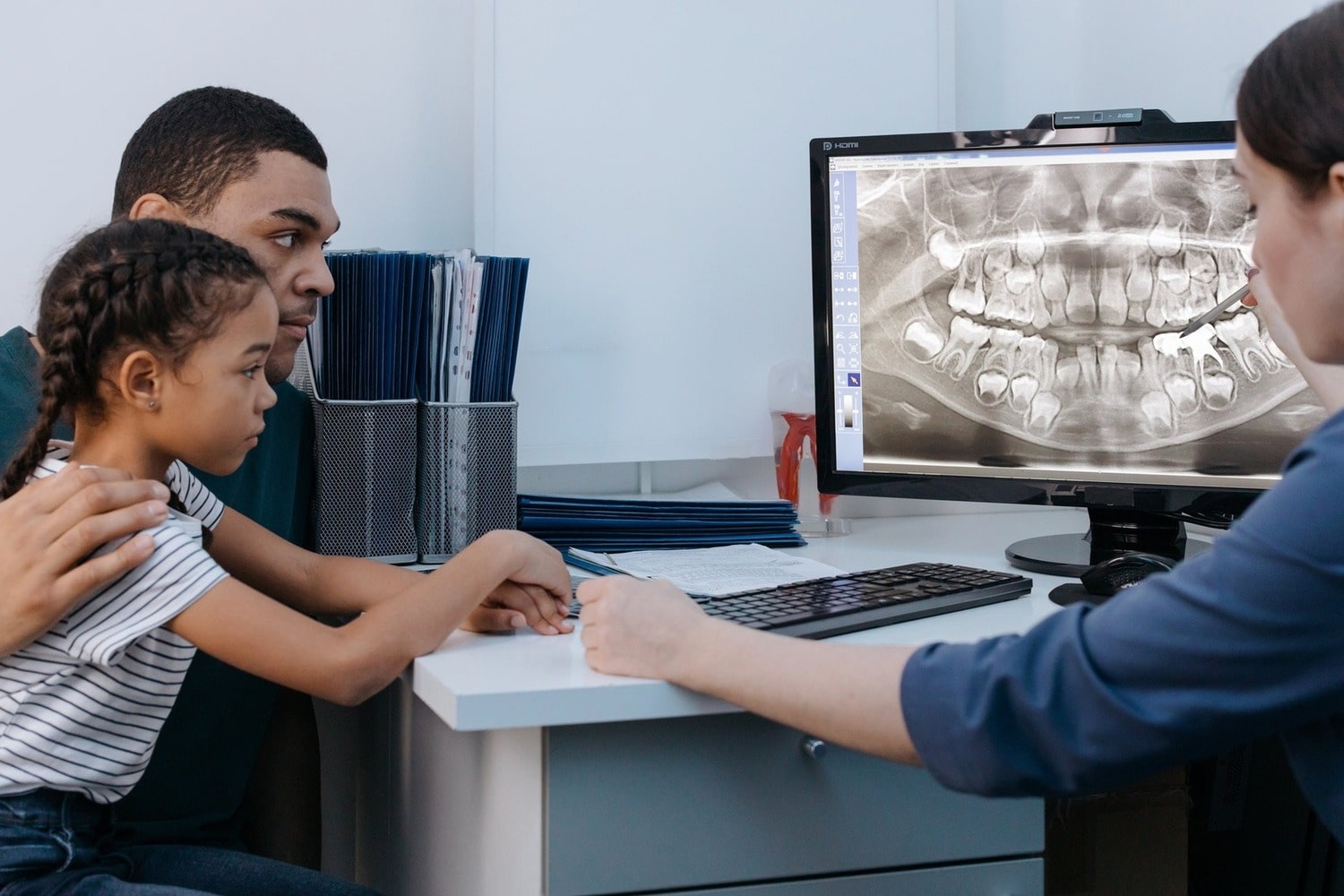
A series of clear aligners worn sequentially to gradually shift teeth into place
Once your customized treatment plan has been finalized, it's time for the main event – wearing clear aligners!
These aligners are made from smooth, BPA-free plastic and are virtually invisible when worn on the teeth.
Each set of aligners is designed to be worn for about two weeks before progressing to the next set. As you switch to a new set of aligners, your teeth gradually shift into their desired positions.
Wearing your aligners for 20-22 hours daily is crucial throughout the treatment process. Only remove them when eating, drinking (except water), brushing, and flossing.
Regular check-ups with your dentist will be scheduled to monitor your progress and make any necessary adjustments along the way.
Invisalign offers a convenient and comfortable way to achieve a straighter smile without the hassle of traditional braces.
With its step-by-step approach and personalized treatment plan, you can confidently embark on your journey towards a beautifully aligned smile.
Further Reading: 7 Tips to Get Your Braces Off Faster
How effective is Invisalign Treatment?
Invisalign treatment has proven to be highly effective in addressing many orthodontic concerns.
Whether you're dealing with overcrowding, gaps between teeth, or bite problems, Invisalign can help straighten your smile and improve your overall dental health.
The clear aligners are custom-made to fit snugly over your teeth, exerting gentle pressure to gradually shift them into the desired position.
How does treatment time vary depending on individual cases?
The duration of Invisalign treatment can vary from person to person, depending on the complexity of their case.
While some individuals may achieve their desired results in as little as six months, others may require up to two years or more.
Besides, the effectiveness of Invisalign treatment heavily depends on patient compliance and following the prescribed instructions for wearing the aligners.
Regular check-ups with your orthodontist are essential to ensure that your Invisalign treatment progresses smoothly and effectively.
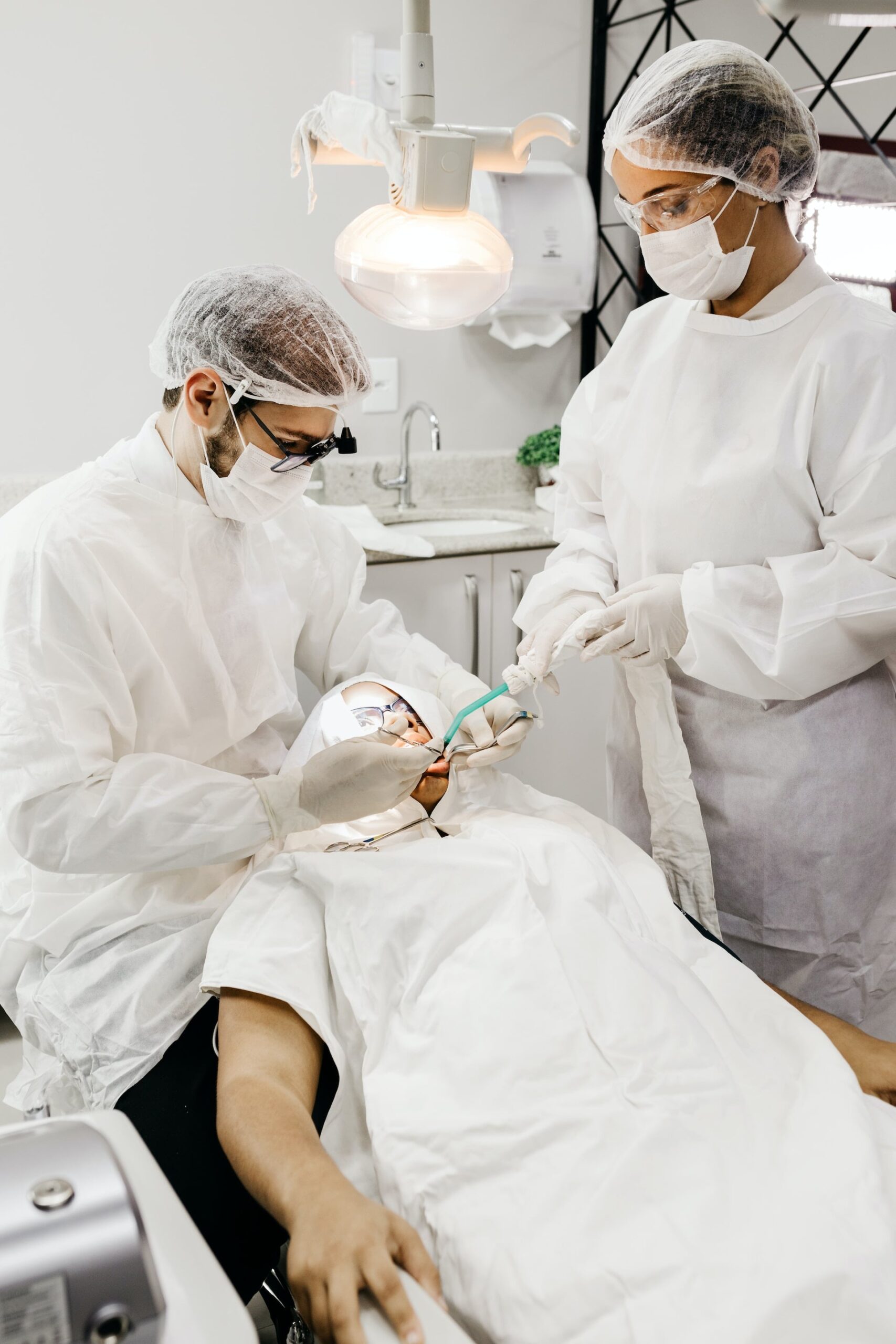
During these appointments, your dentist will assess your progress and make any necessary adjustments to ensure your teeth are moving as planned.
Invisalign results depend on patient compliance and wearing aligners as instructed.
Your dentist will be able to provide a more accurate estimate based on a thorough evaluation of your teeth and jaw alignment.
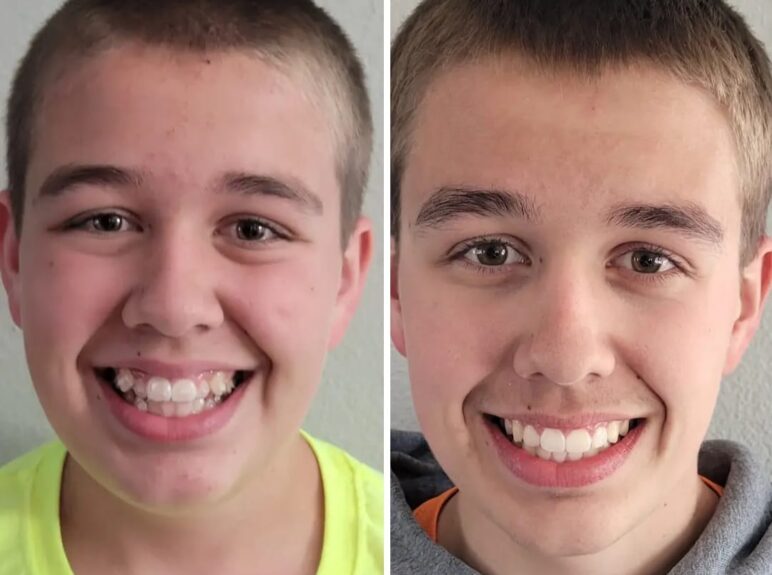
By diligently wearing the aligners as instructed and attending regular check-ups, you can maximize the effectiveness of your treatment and achieve the desired results in a timely manner.
How Much Does Invisalign Cost in Malaysia?
When considering orthodontic treatment options, cost is often a significant factor.
The cost of Invisalign treatment in Malaysia can vary depending on the complexity of each individual case.
The more severe or complicated the dental issues are, the longer and more involved the treatment process may be. As a result, this can impact the overall cost of Invisalign treatment.
In general, the cost of Invisalign clear aligners starts at as low as RM 9,500.
What are some factors to consider before getting Invisalign?
The location where you receive your Invisalign treatment and the specific provider you choose can also influence pricing.
Urban areas with higher living costs may have slightly higher prices than rural areas. Experienced dentists who specializes in Invisalign may charge more for their services.
Considering all these factors is essential when comparing costs between different providers or locations.
While price is undoubtedly an important consideration, it's crucial not to compromise on quality or expertise when choosing a dental professional for your Invisalign treatment.
When weighing your options for orthodontic treatments like Invisalign, consulting with multiple providers and obtaining quotes from each is helpful. This way, you can compare prices and evaluate which option fits your budget without sacrificing quality care.
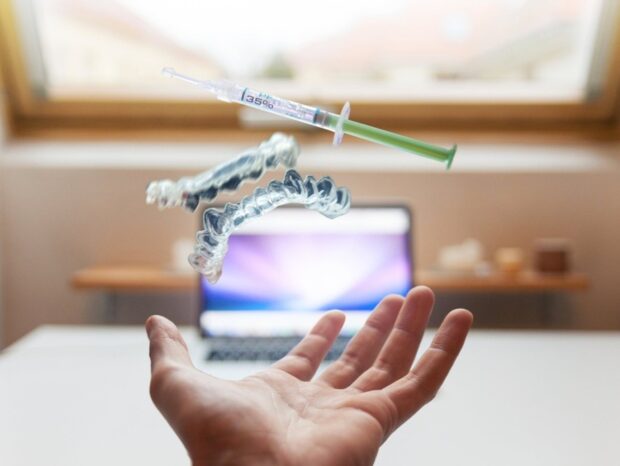
Flexible payment options for Invisalign
Invisalign treatment offers a convenient and discreet way to straighten your teeth, but the cost of the treatment can sometimes be a concern.
The good news is that various flexible payment options are available to make Invisalign more accessible and affordable for you.
Many clinics offer installment plans or financing options
Many clinics understand that not everyone can pay the full amount upfront. That's why they offer installment plans or financing options that allow you to spread out the cost over time.
This can make it easier on your budget by breaking down the payments into manageable monthly installments.
Here are some key points about installment plans and financing options:
- Installment plans: Some clinics may offer their own in-house installment plans, allowing you to pay for your Invisalign treatment in smaller increments over a set period of time.
- Financing options: Other clinics may work with third-party companies specializing in healthcare financing. These companies provide loans for medical and dental procedures, including orthodontic treatments like Invisalign.
Insurance coverage may partially cover the cost
If you have dental insurance, it's worth checking if your plan includes coverage for orthodontic treatments like Invisalign. While not all insurance plans cover orthodontics, some do offer partial coverage that can help offset the cost.
Insurance coverage for Invisalign varies depending on your specific plan. It's important to review your policy documents or contact your insurance provider directly to understand what is covered and any limitations or restrictions.
How do I clean and care for my Invisalign aligners?
To clean and care for your Invisalign aligners, it's important to establish a routine and follow a few simple steps.
Here's a guide on how to keep your aligners clean and in good condition:
- Remove your aligners before eating or drinking: To prevent staining and damage, always take out your aligners before eating or drinking anything other than water. This will help to avoid discoloration and reduce the risk of trapping food particles.
- Rinse your aligners regularly: After removing them, rinse them under lukewarm water. Avoid using hot water, as it can warp the plastic. Rinsing will remove saliva and plaque buildup, keeping your aligners fresh and odor-free.
- Brush your aligners gently: Use a soft-bristle toothbrush to brush your aligners gently. Avoid using toothpaste or colored soaps, as they can scratch the surface of the aligners. Instead, use a clear, unscented antibacterial soap or a mild denture cleaner.
- Soak your aligners daily: Soaking your aligners in a cleaning solution can help to remove stubborn stains and bacteria. You can use specialized Invisalign cleaning crystals or a denture cleaner. Follow the instructions provided with the cleaning solution and avoid using mouthwash or colored solutions.
- Store your aligners properly: When you're not wearing them, store them in their case. This will protect them from damage and prevent loss. Avoid exposing them to air or placing them in tissues or napkins, as they can easily be misplaced.
- Maintain good oral hygiene: Along with caring for your aligners, it's essential to maintain good oral hygiene. Brush and floss your teeth thoroughly before putting your aligners back in. This will help to prevent plaque buildup and keep your aligners clean.
- Visit your dentist regularly: Regular check-ups with your orthodontist are crucial to monitor your progress
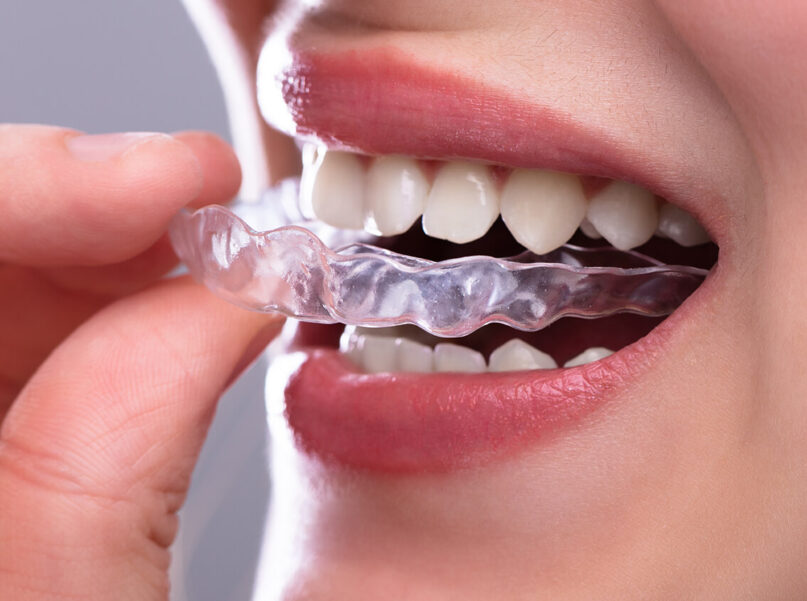
Is Invisalign right for you?
Congratulations on making it to the end of this blog post!
By now, you have learned about the pros and cons of Invisalign compared to traditional braces, the process of Invisalign treatment, its effectiveness, cost in Malaysia, flexible payment options, and other advantages like fewer visits and faster treatment time.
Now comes the important question: is Invisalign right for you? Well, that depends on your specific needs and preferences.
If you value a discreet orthodontic solution that allows you to smile confidently throughout your treatment journey, then Invisalign might be perfect.
With its clear, virtually invisible aligners, Invisalign offers a more aesthetically pleasing option than traditional braces.
If convenience is a priority for you, with fewer visits required and shorter treatment times, then Invisalign could be an excellent choice.
To determine if Invisalign is the best fit for your unique situation, we recommend scheduling a consultation with an experienced dentist.
They will assess your teeth alignment issues and determine whether Invisalign can effectively address them. Remember, investing in your smile is an investment in yourself!
FAQs
Can I eat or drink while wearing Invisalign aligners?
Yes! One of the biggest advantages of Invisalign is that the aligners are removable. This means you can take them out when eating or drinking anything other than water. Just brush your teeth before putting them back in to maintain good oral hygiene.
Is Invisalign suitable for children, or is it mainly for adults?
Invisalign works for kids and adults. It's not just for grown-ups, it can be used for kids with permanent teeth, too. There's a special Invisalign just for teenagers called Invisalign Teen. It's made to fit teens' mouths as they grow. Talk to a dentist to see if Invisalign is right for a child, because every case is different.
Will wearing Invisalign aligners affect my speech?
Initially, wearing any new dental appliance may slightly impact your speech as your tongue adjusts to having something in your mouth. However, most people adapt quickly within a few days, and their speech returns to normal.
How often should I wear my Invisalign aligners?
For optimal results, wearing your Invisalign aligners for 20-22 hours per day is recommended. This allows enough time for the aligners to exert gentle pressure on your teeth and gradually move them into the desired position.
Can I play sports or musical instruments while wearing Invisalign?
Yes, you can participate in sports and play musical instruments while wearing Invisalign. However, if you engage in contact sports, it is advisable to wear a mouthguard to protect both your teeth and the aligners.
How long does Invisalign treatment take?
The duration of an Invisalign treatment varies depending on individual cases. On average, most treatments last between 6 to 24 months. Your dentist will provide a more accurate estimate after evaluating your specific needs.
Do I need a retainer after completing Invisalign treatment?
It's important to wear a retainer after Invisalign. The retainer helps keep your teeth straight and prevents them from moving back. Your orthodontist will tell you how often and for how long to wear it. At first, you might need to wear it all the time, but then you can switch to wearing it only at night.
